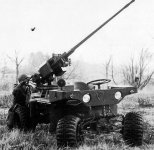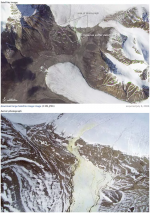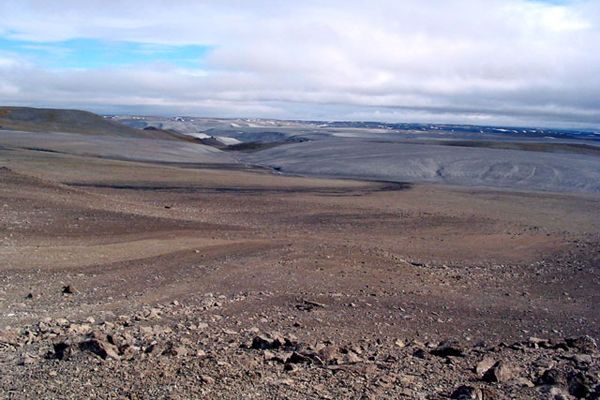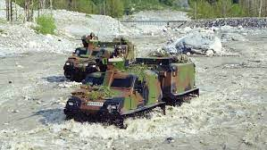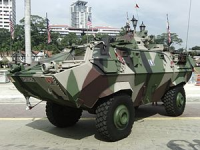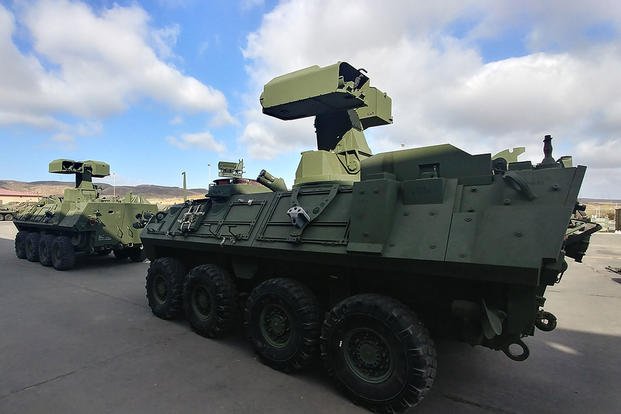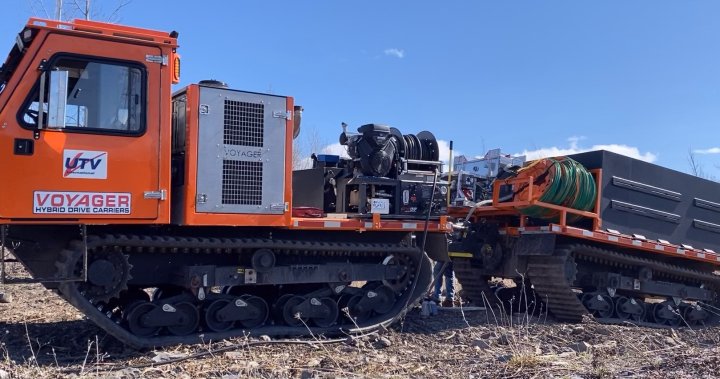- Reaction score
- 21,696
- Points
- 1,260
You need a Navy that can move things.I don't doubt that D&B. But this, as you pointed out, is Canaada. With limitations.
We have 5x CC150s, 5x C17s and 17x C130Js.
Moving Medium and Heavy kit is truly a role for Sea Lift
Also due to the RCAF exceptionally meager holdings y ou need some sort of Domestic CRAF

Zero, AK-47's and SKS are not going to wreck a BisonHow many penetrations?
-unlike the two RCMP Suburbans that looked like Swiss cheese - and the members would have been dead if they had not been wearing armor and got out of them quickly, and the vegetation provided a lot of cover from view - and some cover from fire.
Given the CAF is divesting or has divested the LAV II platform - it is time to move on.
I don't truly get it, as I think at least retaining the ones that where still serviceable made sense, but the CAF often does things that boggle folks brains. They probably should have hidden them across Canada in Res Armories or RCMP Detachments...




